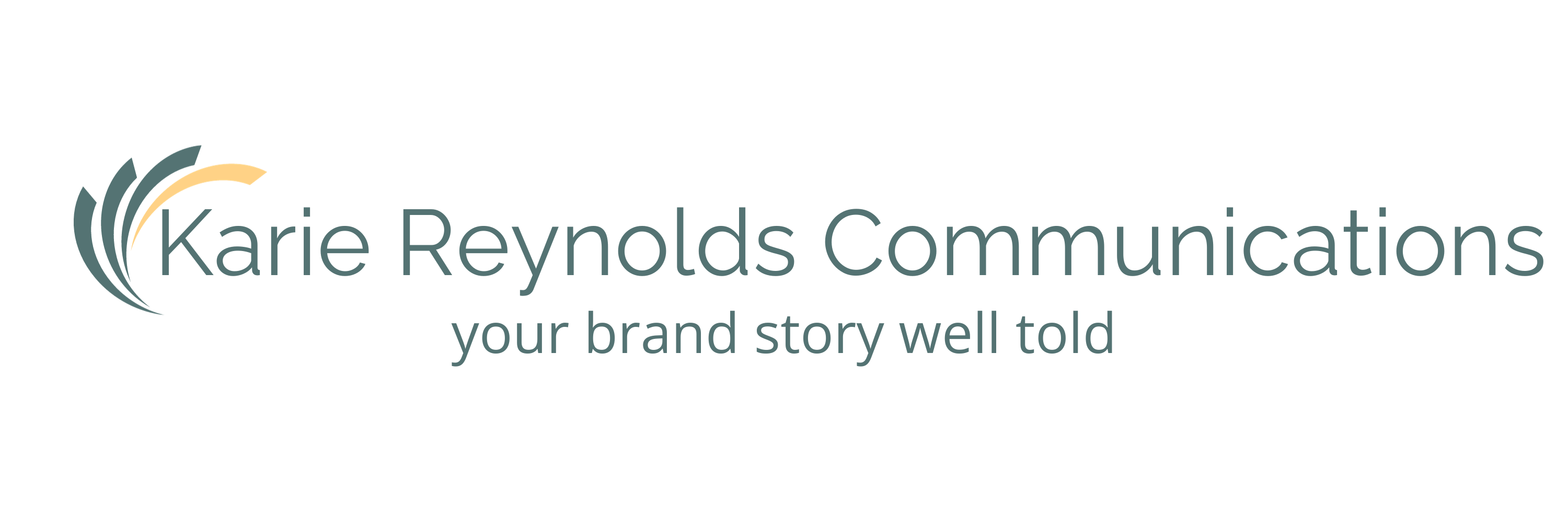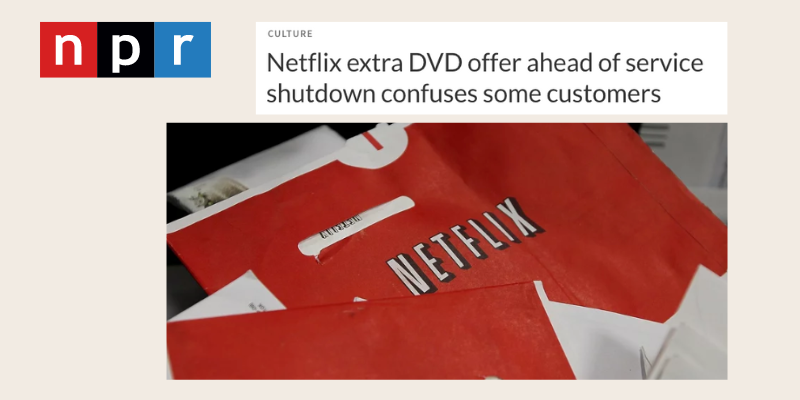The Best Intentions
Do you remember when movies arrived in your mailbox in a red envelope? I remembered that when I heard this story on NPR yesterday. Customers still receive discs in the mail, but not for long. Netflix is shutting down its 25-year-old delivery service.
Ahead of the shutdown, Netflix decided to surprise subscribers with extra DVDs. Not all subscribers, just random ones who will find out when they get them in the mail. This isn’t a gift of DVDs, however. Subscribers must send them back, which has caused enough confusion to generate a national story.
In fairness to Netflix, they don’t have the right to give the movies away. However, most customers don’t know this, and it seems reasonable to think that Netflix doesn’t need or want the DVDs back. It’s also reasonable for a customer to ask, “How can I watch 10 extra movies in a month?”
This story is an example of the problem with communicating in a vacuum. I don’t doubt that Netflix had the best intentions in surprising and delighting these customers before the service ends. My questions are “Who was making sure their intentions were communicated clearly and that customer questions were anticipated and answered in the original messaging?”
After twenty-five years, knowing what questions your customers are likely to ask should be pretty straightforward. And if the marketing team isn’t comfortable anticipating them, the customer service team surely is.

